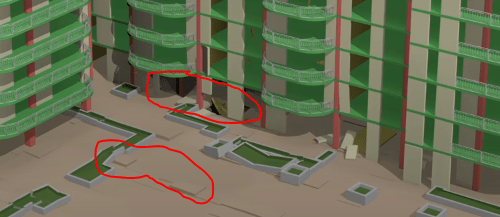Continue...
Previous thread (Part 06)
[link ]
[/url]
Previous thread (Part 06)
[link ]
[/url]
Follow along with the video below to see how to install our site as a web app on your home screen.
Note: This feature may not be available in some browsers.
So where's waldo, ups, I mean the tar kettle? Forgive me for being old with bad eyes, but I've been scanning and scanning the high res you provided, and not coming up with anything?Optical98 (Computer)19 Jul 21 00:45 said:Zoom in, see for yourself.
SFCharlie said:Yes, I had been thinking the same of the tar kettle, but how did they remain uncrushed as the black car is flattened? Did the material they were on cushion the blow, or were they on the pool deck already?
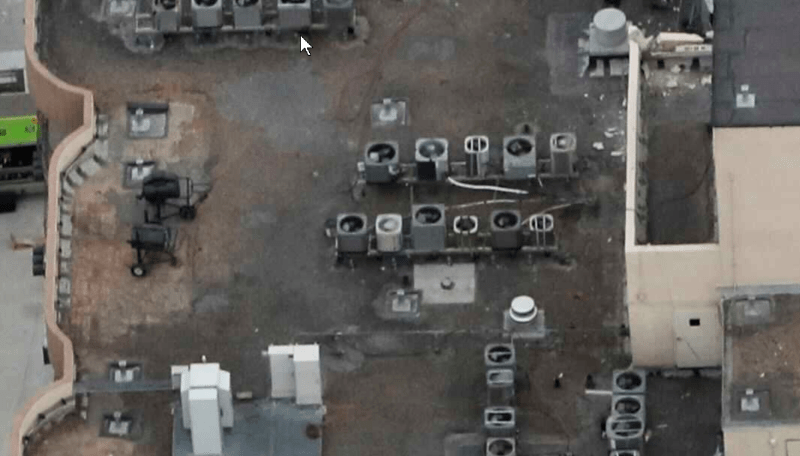
Optical98 said:Nukeman you seem highly emotional and overly reactive to a calm discussion here..
Optical98 said:Optical98 (Computer)19 Jul 21 00:19
Miriam Notkin and her husband from Unit 302, filed a complaint to the Town of Surfside regarding the horrible odors from the roofing operation, she wrote about the crane and kettle being very close to the building.
Link
In chrome translate to english..
Nicolás Vazquez "The smoke, dust, and " unbearable weird smell " also prevented them from breathing normally."
Can tar kettles catch on fire if unattended?

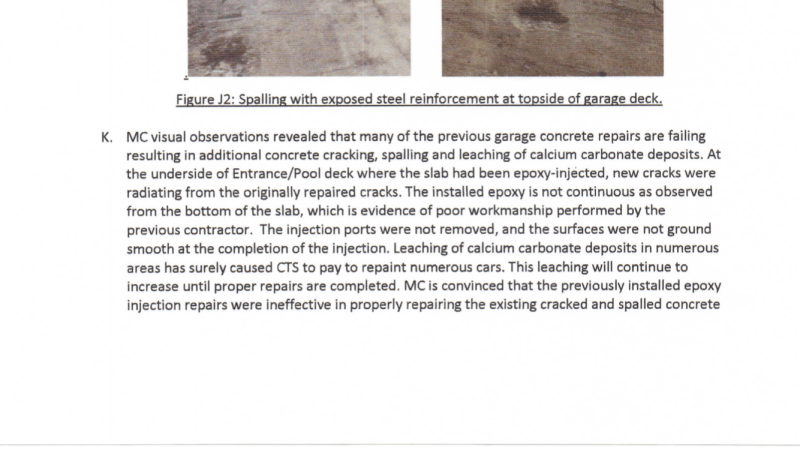
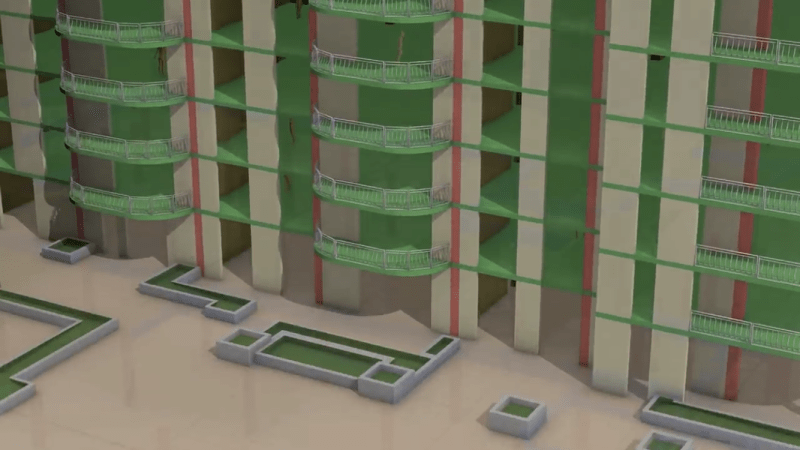
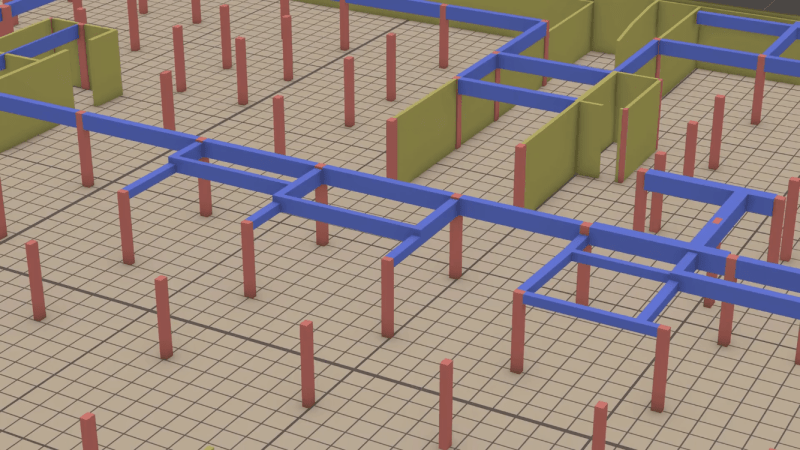
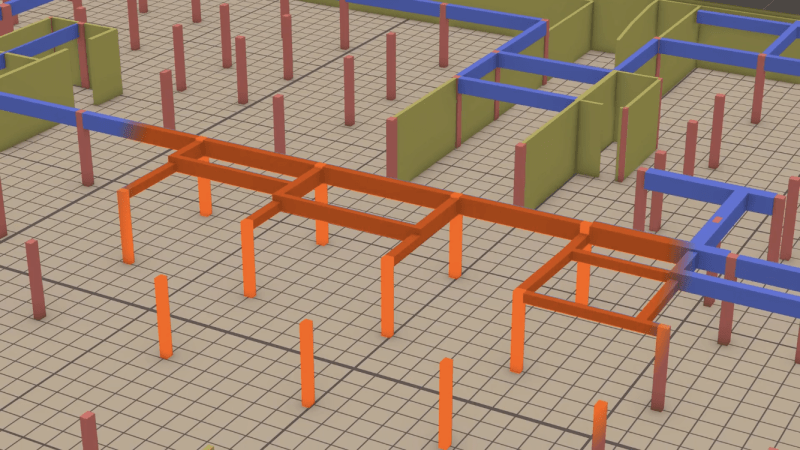
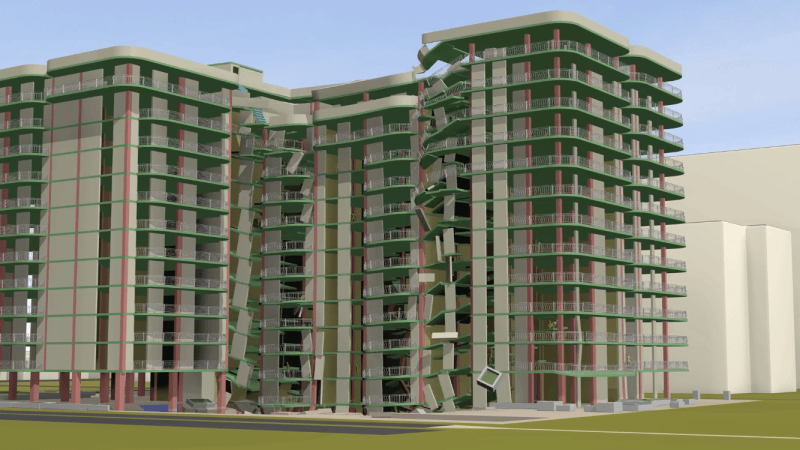
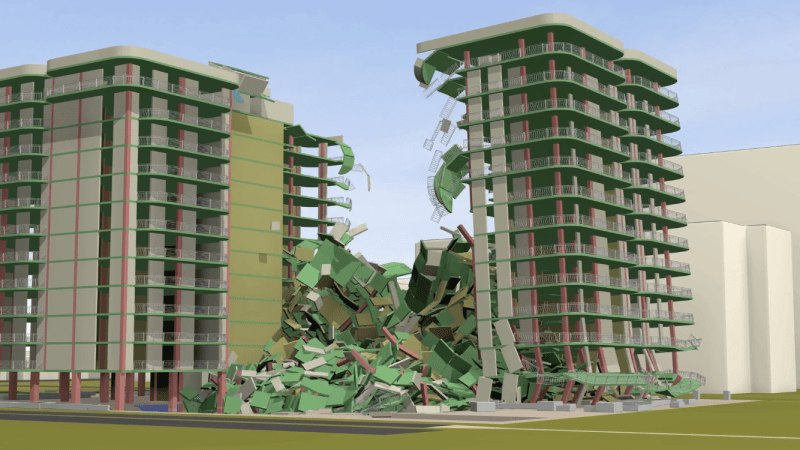
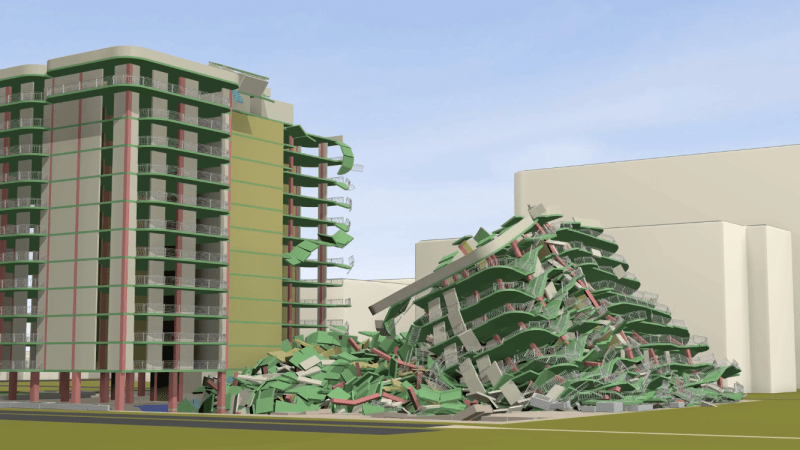

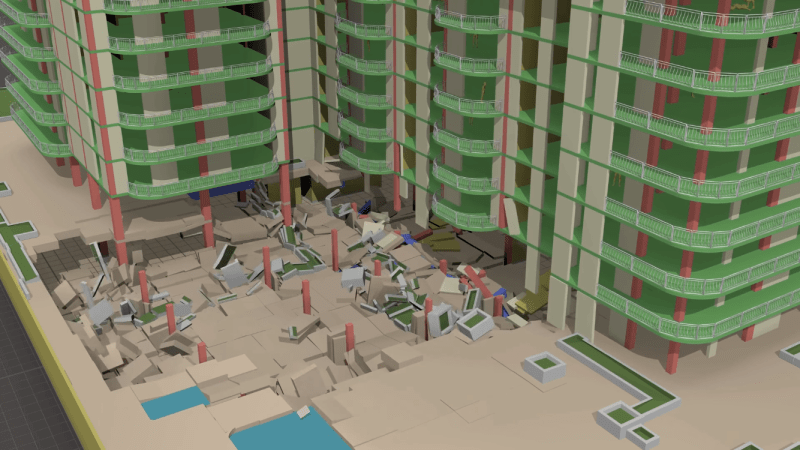
I wouldn't discount the possibility that limited analysis of root cause was done in producing this model. Working out which column likely failed first isn't the hard part. Working out WHY they failed is. And although it is a very impressive model this is a model of HOW not WHY.spinspecdrt said:It's very interesting that they show some initial failure on the north side. Starting at about 4th floor down to lobby level. Makes me wonder what information that is based on.
Spinspecdrt said:It's very interesting that they show some initial failure on the north side. Starting at about 4th floor down to lobby level. Makes me wonder what information that is based on.

